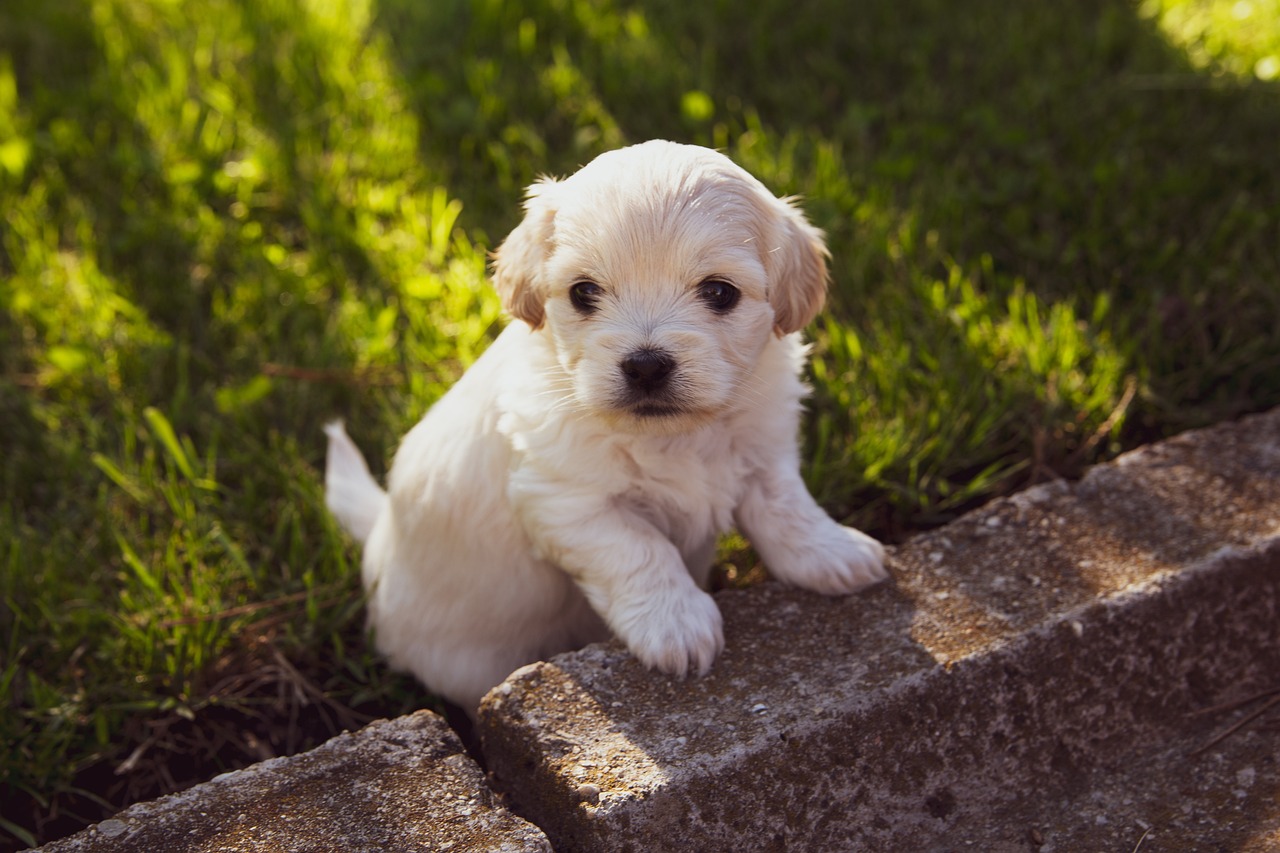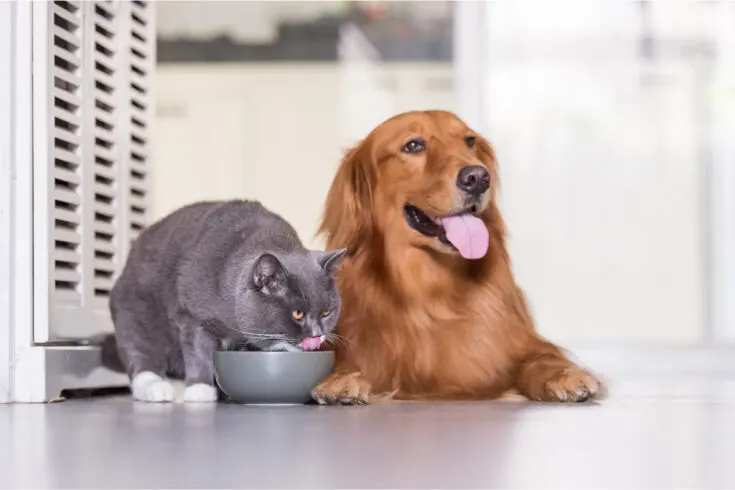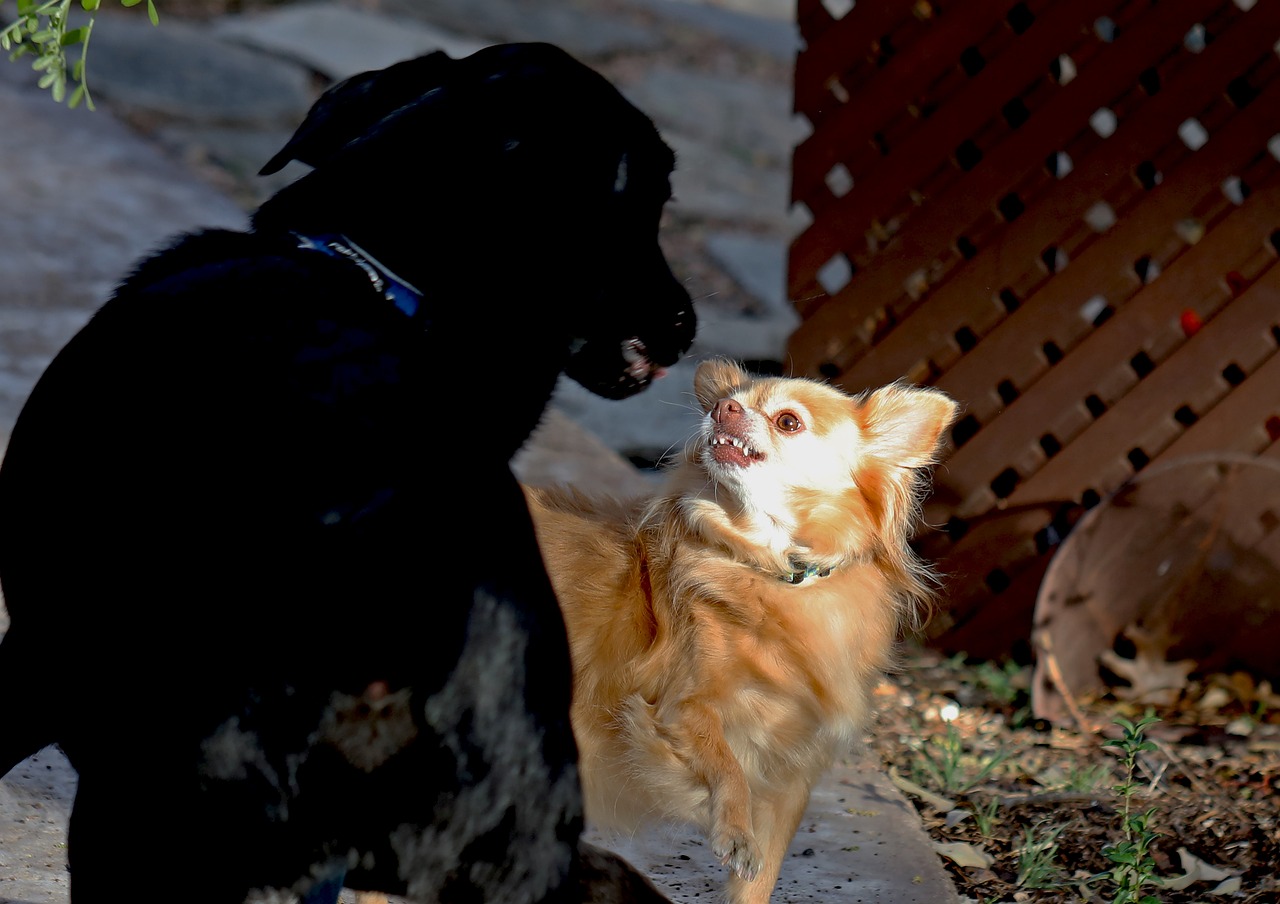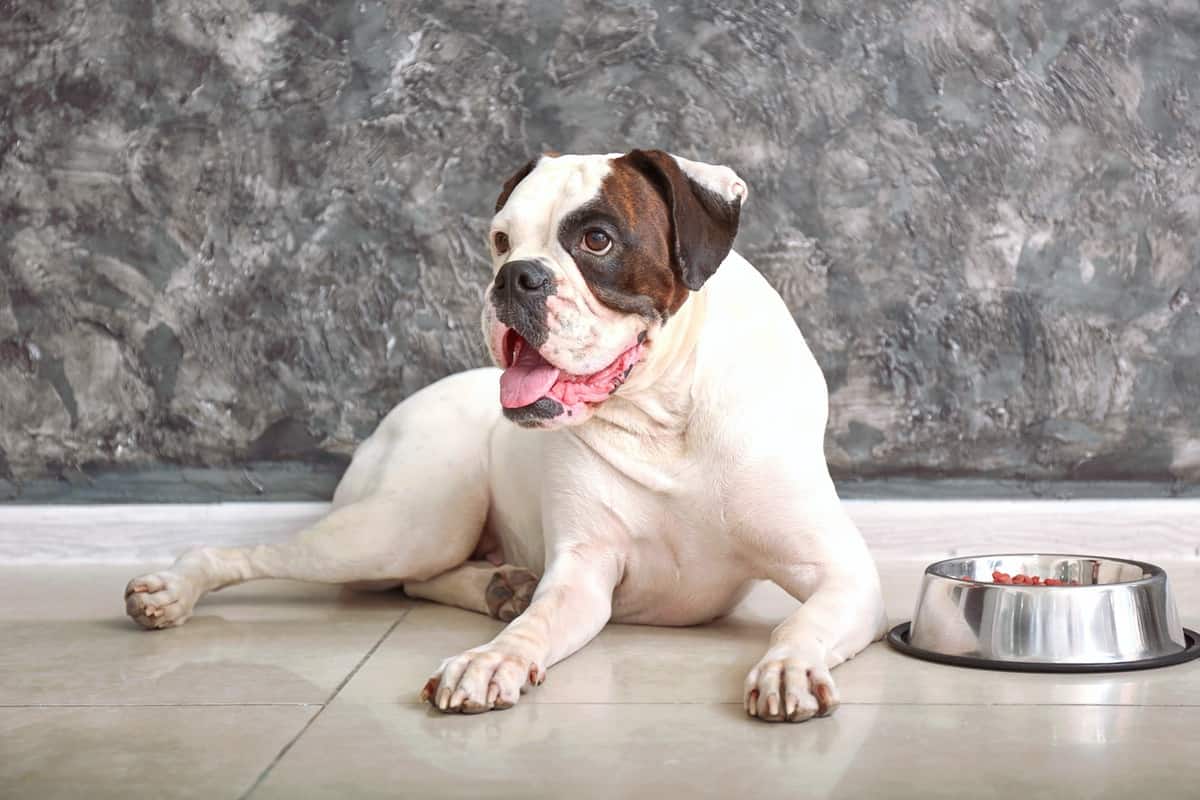
Our furry friends are loved for their happy, go-lucky attitude to life. Dogs are basically optimistic on four legs, always ready to welcome the world and greet it with a smile.
This is not the case for everyone. Many reserved dogs would rather watch the world from a distance than be a part. A dog park afternoon? Thank you. Attending a party is not for you. Pass. They may defy stereotypes of “typical” dogs, but it doesn’t make them abnormal. Some dogs are loners for a variety of reasons, including nature and nurture.
The Key Takeaways
- The behavior of a shy dog is often timid and “antisocial”, which we don’t expect from dogs.
- The way that a dog behaves is influenced by both genetics and experiences in life.
- Dogs who are introverted may hide or cower. They might also lick and whine their lips.
- Pet parents can do a number of things to help their introverted pets become less anxious and more confident.
What is a shy dog?

The term “shy dog” encompasses a wide range of different canine behaviors. As an example:
- Shyness can be attributed to a puppy that doesn’t interact with other puppies during socialization classes.
- When guests come to visit, a dog that retreats into a room could be considered reserved.
- An introverted dog might be a low-energy, rescue pup.
The term “shy” is used to describe any behavior that seems timid or “antisocial”, and which falls outside the normal expectations we have for our dog.
However, a reserved dog may only withdraw in specific situations, like when overwhelmed. They may be happy to stay in an environment where they are comfortable.
What causes some dogs to be shy or introverted?
Pet parents usually adopt their dogs in the best of intentions. They are ready to try everything to make sure that it grows into a confident, well-adjusted dog. It’s crucial to realize that genetics as well as life experience play an important role in a dog’s development.
The temperament of a dog is affected by many factors.
- Parents can pass on traits or learn new ones
- Early socialization: the amount and quality
- The environment
- Continued socialization of the growing dog
- Exercise levels daily
- What they eat
These factors can all play a role in the development of a dog’s personality over time.
Can breed play a role?

Although a dog’s breed doesn’t guarantee behavior, there are some breeds that have a more reserved temperament. There are certain breeds known for being more reserved.
Some dogs, like those bred for working alone, like livestock guarding breeds like Anatolian Sheepdogs or some group-working dogs such as Akitas can be introverted. There are exceptions, however, to the breed-specific behavior. For example, a normally aloof Shih-Pei may be affectionate, or a usually outgoing Golden Retriever might prefer to spend time alone.
How Does a Shy Dog or Reserved Look?
The behaviors of nervous dogs may range from shutting off to appearing aggressive. The intensity of a trigger can affect the level of reaction. A dog that is shy may cower when the trigger that scares them is far away, but then growl and bark as it gets closer to the fearful thing.
The following behaviors are typical of a dog that is nervous or shy:
- Cowering
- Hiding
- Eye contact is avoided
- Low Posture
- Tail tucked
- Lip-licking
- Yelling
- Flattened ears
- Whining
- The Pace
- Trembling
- Backing away while barking
- Low energy/no energy
It can be difficult to detect some shy behaviors in dogs, like avoiding eye contact and yawning. Pet parents should take the time to watch their dogs and learn about their body language. You might assume that your dog’s low energy and quiet behavior is normal, but this could be a sign of anxiety .
What to do with an introverted dog

How can you help your timid pup become more confident? These tips will help both you and your dog navigate through the world without stress.
1. You Should Check Yourself
When your dog seems uncomfortable, it’s tempting for you to act boldly to show them what to do. But being boisterous could backfire. When your dog is uncomfortable, use a gentle voice and move slowly. You can also observe their body language to get a better understanding of how they feel.
Be aware that dogs can have bad and good days, so you may need to adjust your behavior as necessary.
2. Advocacy for your dog
Allow your dog to set the tone for interaction with other people. You can intervene if you are aware that your dog does not enjoy meeting strangers during walks.
If you’re an introvert, it can be awkward to greet your dog. However, saying that “My pup is recovering” or “We are in training” will make things less uncomfortable.
3. Use Positive Reinforcement Training
All dogs can benefit from training that uses positive reinforcement. However, reserved dogs need the boost in confidence this method provides. Use training techniques that do not involve harsh physical or verbal corrections. This includes tools like prongs, choke,s or electric collars. Your dog should enjoy the training process.
Dogs should enjoy the training process.
4. Play confidence-building games
It’s hard to worry when you are having fun!
If you play games that appeal to your dog’s instincts (such as “finding the treat”, “finding the toy”), they will be more likely to focus on fun and ignore any stress. If your dog becomes anxious while on a walk because of something far away, scatter some treats and ask them to pick them up. Then, walk in another direction. If your dog seems anxious about the construction sounds outside, you can hide their favorite toy to get them focused on it.
5. Start a Desensitization Program

When it comes to training anxious dogs, there’s no tool more powerful than desensitization and counter-conditioning. The combination of desensitization and counter-conditioning helps dogs create a positive association with stressors.
If a dog has a fear of men wearing hats for example, the pet parent can arrange a session where a man in a hat is at a safe distance from the dog to avoid causing a reaction. While the pup is observing the man from afar, feed the pup high-value treats. This will help the dog to begin connecting the frightening person with the special goodies. Slowly move towards the man while still feeding the pup treats. Make sure that the body language of the dog is confident and relaxed.
Slow and steady training can change a dog’s response to stress over time. It also keeps the dog calm and relaxed. This process will take patience and time, since each dog progresses at his own rate.
6. Hire a Certified Trainer and Veterinary Behaviorist
Do you feel overwhelmed? Working with a professional trainer can help you create a program that will boost your confidence. Find a trainer who is experienced in positive reinforcement and willing to train both you and your dog .
When pushed beyond their limits, a shy, insecure, or nervous dog can turn into a reactive one. It’s important to seek help as soon as possible to avoid the problem from getting worse.
7. The One You Love

It’s okay if your dog is shy! It’s fine if your dog doesn’t appear to be stressed out in the course of your daily life and if their behavior does not bother you.
You don’t need to have your dog interact with other people or dogs to enjoy a fulfilling and rich life. You can let a dog who is an introvert go their own way as long as your team is able to navigate the world together and that you are aware of what they’re feeling by monitoring their body language.